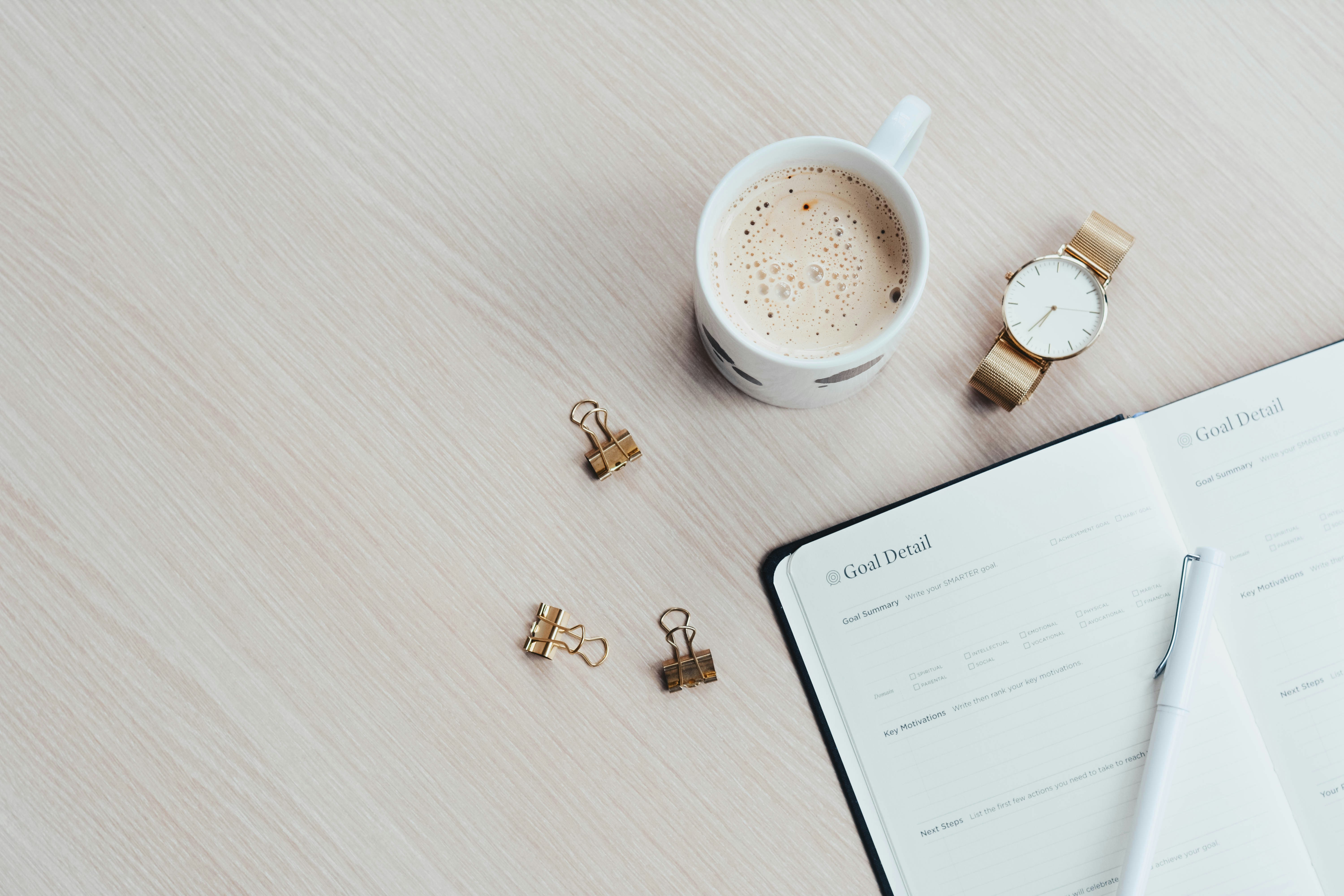
Create A Daily Routine That Balances Ambition And Leisure
Building a rewarding day means blending important work with real opportunities to unwind. By dedicating focused time to projects that matter and then allowing yourself breaks for engaging activities, you help keep stress at bay and recharge your creative spark. Mixing productivity with relaxation not only keeps your mind fresh but also adds satisfaction to your daily routine. Each day becomes an opportunity to find enjoyment in both your accomplishments and your moments of rest, creating a natural rhythm where work and leisure support one another.
Advertisement
You have the power to shape hours so they serve both your drive and your need to unwind. By committing to focused work blocks and pairing them with activities that spark joy, you build momentum that carries you from dawn until dusk without feeling drained.
Defining Ambition and Leisure
Ambition appears when you pursue specific targets: completing a report, learning a new tool, or refining a personal skill. It depends on clear objectives, structured effort, and visible progress. Anchoring your day with these goals keeps you moving forward and creates a sense of purpose.
Leisure emerges in activities that excite you beyond professional tasks: experimenting with a recipe, sketching, or taking a brisk walk. These moments break up your schedule, give your mind permission to drift, and often spark fresh ideas when you return to work. Embracing both sides ensures each fuels the other.
Setting Clear Daily Goals
To make forward strides, clarify what you aim to finish by the end of the day. Align these goals with broader monthly or quarterly targets to keep your momentum. Keep your list actionable and realistic—scaling back delivers victories that feel rewarding.
- Outline three top priorities: Identify which tasks must finish before you clock out.
- Time-block each priority: Reserve 60–90 minute segments for deep concentration.
- Use a simple tool: Track tasks in *Google Calendar* or *Todoist* for instant visual feedback.
- Set a deadline: Give each goal a finish time to prevent endless tweaking.
- Review and adjust: Midday, revisit priorities and reshuffle if an urgent matter appears.
Keeping goals visible fuels your motivation and prevents drifting into random work. Place sticky notes on your desk or set digital reminders. At every transition, glance at your list and confirm the next action.
Designing Leisure Breaks
Leisure breaks should awaken your senses and give your brain time to recharge. Choose activities that contrast with your work style: if you sit at a screen, step outside; if you coordinate projects, experiment with a hands-on hobby.
- Movement break: Perform five minutes of stretching or a quick neighborhood stroll.
- Creative diversion: Sketch a simple scene or doodle freehand in a notebook.
- Sensory pause: Brew a cup of tea, focus on its aroma, and sip slowly.
- Brain teaser: Solve a crossword clue or play a two-minute logic puzzle.
- Mindful rest: Close your eyes and follow your breath for three cycles.
Rotate through different breaks to stay curious and energized. Experiment with the order and duration until you find a blend that most effectively revives you.
Set alarms that signal these breaks—consistency turns them into healthy habits. Over time, your mind will start seeking renewal at those intervals, keeping distractions at bay.
Combining Productivity and Rest
Pairing work phases with leisure activities maintains high energy levels. For example, after a 90-minute writing session, reward yourself with ten minutes of sketching or stepping outside. These moments help cement what you’ve learned and unlock new insights.
When you return to tasks, your mental clarity increases. The brain processes ideas in the background during rest, making connections you might miss when pushing straight through. Organize your routine so each break directly follows a chunk of deep focus.
Sample Daily Schedule
This plan divides an eight-hour day into four work-rest cycles, with flexible start and end times. Feel free to adapt it to your personal productivity peaks and lifestyle needs.
- 8:00–9:30: Tackle priority #1 (report drafting)
- 9:30–9:40: Movement break
- 9:40–11:10: Work on priority #2 (data analysis)
- 11:10–11:20: Creative diversion
- 11:20–12:30: Address emails and quick tasks
- 12:30–1:30: Lunch and sensory pause
- 1:30–3:00: Focus on priority #3 (presentation prep)
- 3:00–3:10: Brain teaser
- 3:10–4:30: Wrap up smaller items and plan tomorrow
- 4:30–4:35: Mindful rest
Adjust your blocks to match your natural rhythms. Early risers might prioritize deep work at the start; night owls may prefer to flip this pattern. Track your energy levels and modify as needed.
Balancing ambition with intentional leisure helps you progress and recharge daily. Experiment, refine, and celebrate milestones to build a routine that supports both success and well-being.
Advertisement